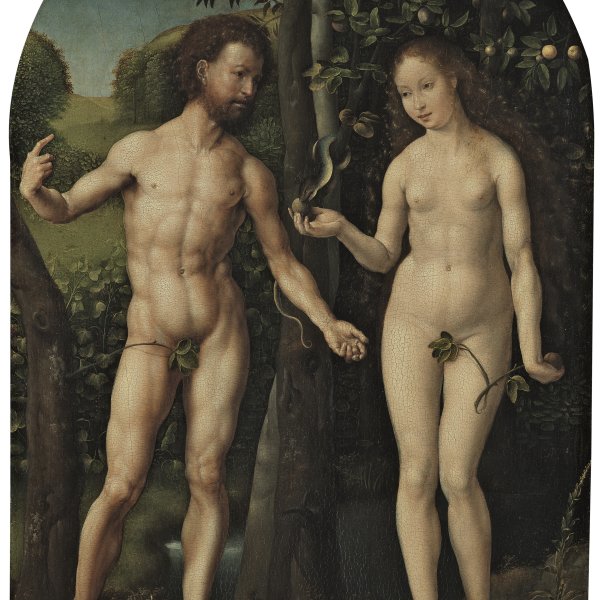Jan Gossaert
Maubeuge (?), ca. 1478-Antwerp (?), 1532
Little information is available regarding the early years of Jan Gossaert, who was also known as Mabuse. It is thought that he was born in Maubeuge in the province of Hainaut (now France), from where he took his assumed name. The first reference to the artist dates from 1503 when is recorded as an independent master in the painters’ guild in Antwerp. Gossaert opened his own studio in Antwerp and lived there until 1507. None of his works from this period have been dated with complete certainty. From 1507 his name disappears from the guild’s records and it was at this point that he joined the retinue of Philip of Burgundy, which was preparing to embark on a diplomatic mission to the papal court of Julius II, on the orders of Margaret of Austria, regent and governor of the Low Countries. In 1509 Gossaert arrived in Rome where he produced drawings of classical monuments for his patron. He also came into contact with late 15th- and early 16th-century Italian art and during the course of the mission travelled to other cities including Trento, Verona, Mantua and Florence. He returned to the Low Countries in late 1509, and from that date until 1516 it is difficult to know where Gossaert lived as he received and executed numerous commissions for different cities. During these years his art evolved and matured on the basis of his artistic investigations and Gossaert primarily focused on religious themes at this date. In late 1516, Philip of Burgundy commissioned the artist and Jacopo de’Barbari to decorate the Suytburg palace, which Philip envisaged as the cultural centre of the northern Renaissance. The decorative programme, based on mythological scenes, gave Gossaert the chance to explore the motif of the nude in movement, which had no precedents in the Netherlandish pictorial tradition. The only work to survive from this scheme is Neptune and Amphitrite (Gemäldegalerie, Berlin). Gossaert was a key figure in the introduction and development of the Renaissance in the Netherlands, not just as a consequence of his trip to Italy but also due to the influence of Dürer on his work.





